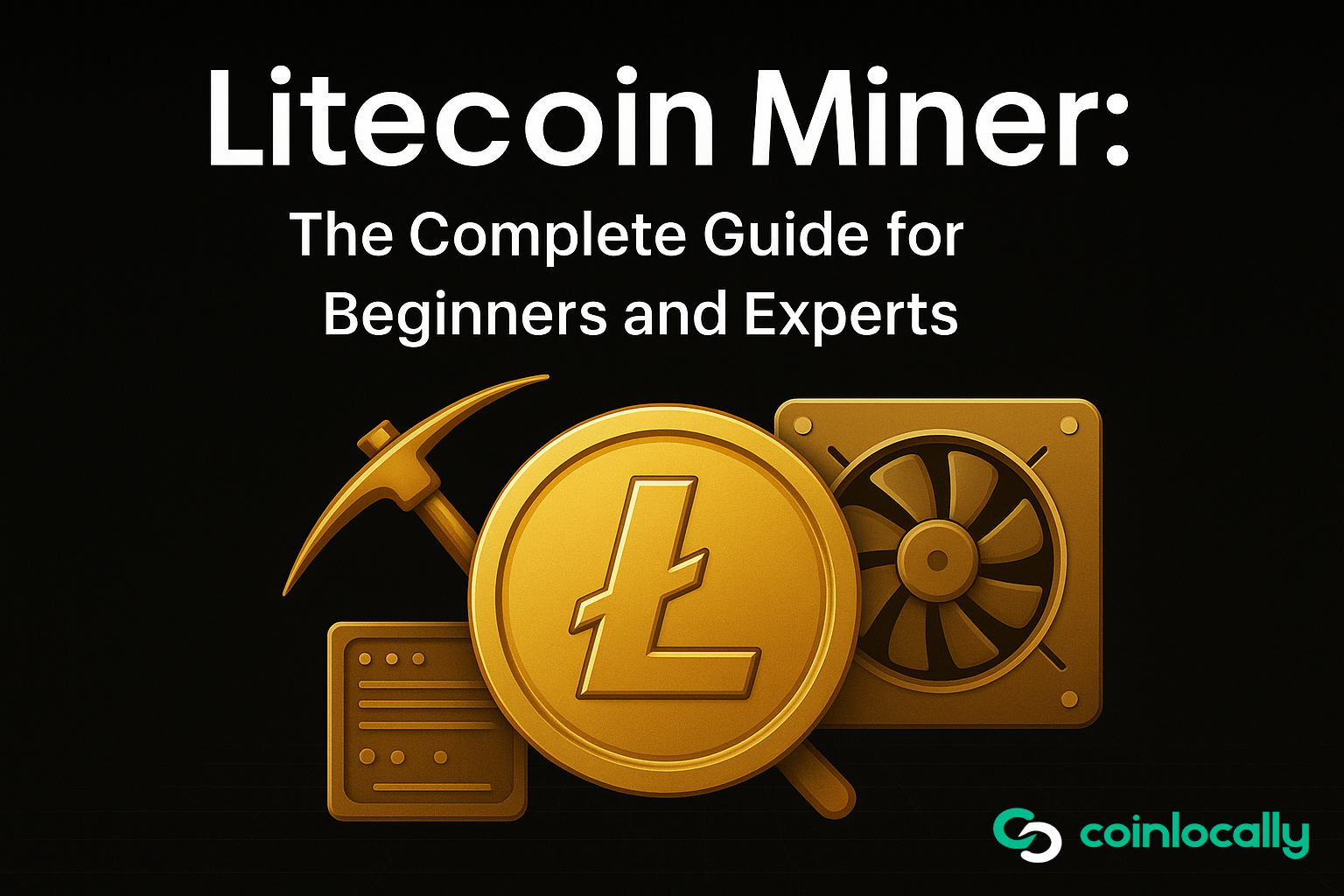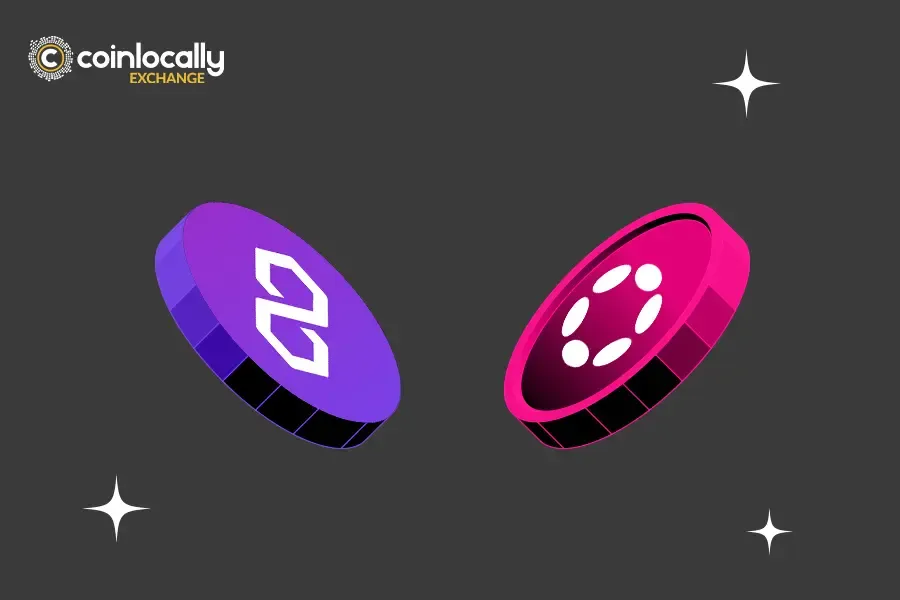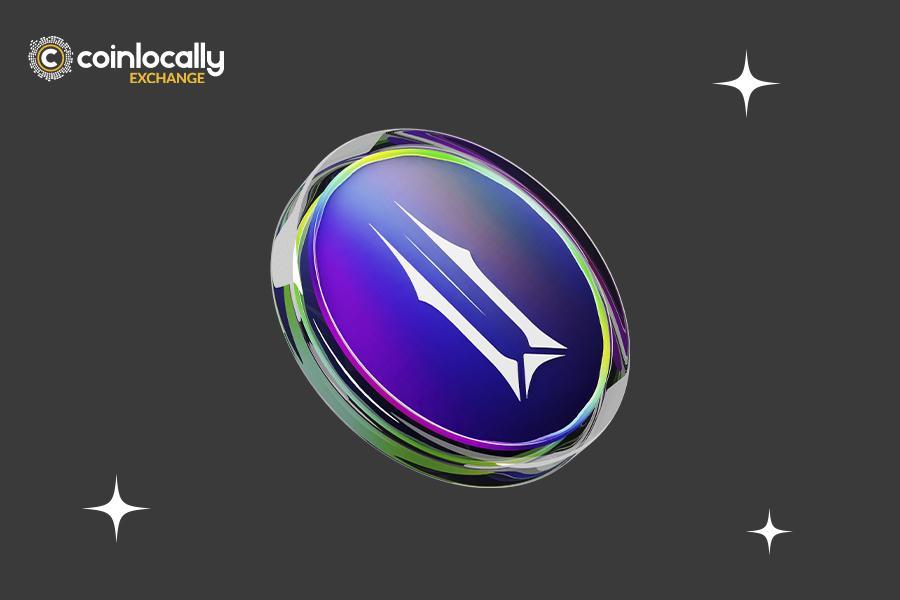Cryptocurrencies continue to shape the financial world, and Litecoin mining is one of the most popular ways to participate in this digital revolution. To get started, the first tool you need is a litecoin miner. Whether you’re new to crypto or already a trader looking to diversify, understanding how Litecoin mining works can help you make informed decisions. In this article, we’ll explore what a litecoin miner is, how it works, its pros and cons, and whether it’s still profitable in 2025.
Table of Contents
What is a Litecoin Miner?
A Litecoin miner is the hardware or software used to validate transactions and secure the Litecoin blockchain. Miners solve complex mathematical problems, and in return, they receive Litecoin as a reward.
Unlike Bitcoin, Litecoin uses the Scrypt algorithm, which is more memory-intensive. This allows for different mining hardware setups compared to Bitcoin’s SHA-256 algorithm.
There are three main types of Litecoin miners:
- CPU miners – Early days of Litecoin mining started here, but now they’re inefficient.
- GPU miners – More powerful, using graphic cards to mine efficiently.
- ASIC miners – Application-Specific Integrated Circuits designed only for Litecoin mining. These are the most efficient today.
How Does Litecoin Mining Work?
At its core, litecoin mining works by verifying blocks of transactions on the blockchain. Here’s the step-by-step process:
- Transactions are collected into a block.
- The litecoin miner solves a cryptographic puzzle using computational power.
- Once solved, the block is added to the Litecoin blockchain.
- The miner receives a block reward in Litecoin.
Currently, the block reward is 6.25 LTC per block (as of the latest halving). Rewards reduce approximately every four years, making the process more competitive.
Types of Litecoin Miner Hardware and Software
1. CPU Mining
- Outdated, rarely profitable.
- Consumes a lot of electricity.
2. GPU Mining
- Uses high-performance graphic cards.
- More flexible than CPUs but less efficient compared to ASICs.
3. ASIC Mining
- Specifically built for litecoin mining.
- Offers the best hash rate and lowest cost per coin mined.
- Examples: Antminer L7, Goldshell LT5.
Software Options
To run a litecoin miner, you also need software. Popular choices include:
- CGMiner
- EasyMiner
- MultiMiner
Pros and Cons of Using a Litecoin Miner
Pros
- Potential profit if electricity costs are low.
- Decentralization: You contribute to network security.
- Lower entry cost compared to Bitcoin mining.
- Variety of solana wallets and crypto wallets for secure storage of mined coins.
Cons
- High energy consumption if not optimized.
- Hardware costs can be expensive.
- Difficulty increases over time.
- Not as profitable in regions with high electricity prices.
Litecoin Miner vs Other Cryptocurrency Mining Rigs
When comparing a litecoin miner to other rigs like Bitcoin or Ethereum miners, there are some key differences.
- Algorithm: Litecoin uses Scrypt, Bitcoin uses SHA-256.
- Hardware Cost: Litecoin ASICs are generally cheaper than Bitcoin ASICs.
- Profitability: Depends heavily on electricity cost and Litecoin’s price.
- Competition: Litecoin mining has less competition compared to Bitcoin.
In contrast, if we compare it to solana wallets and staking mechanisms, Litecoin still relies on proof-of-work, while Solana uses proof-of-stake. This makes Solana more energy-efficient but less decentralized in some cases.
Another comparison is how funds are stored. Solana users rely on solana wallets like Phantom, while Litecoin miners need wallets such as Litecoin Core or hardware wallets like Ledger.
Is Litecoin Mining Still Profitable in 2025?
Profitability depends on several factors:
- Litecoin price in the market.
- Mining difficulty (which adjusts automatically).
- Electricity cost in your region.
- Type of litecoin miner you’re using.
For example, an ASIC miner like the Antminer L7 can still be profitable if electricity costs are under $0.10 per kWh. However, if your electricity is expensive, profitability drops. Many miners also combine mining with trading strategies, storing their coins in secure solana wallets or other multi-asset wallets.
Why Choose a Litecoin Miner Over Others?
Here are the main reasons:
- Easier entry compared to Bitcoin mining.
- Still one of the top cryptocurrencies by market cap.
- Active community and continuous development.
- Useful for diversification if you already hold Bitcoin, Ethereum, or Solana.
Conclusion
A litecoin miner remains an essential tool for anyone interested in litecoin mining. While challenges like electricity costs and hardware prices exist, Litecoin mining is still attractive in 2025 for those with the right setup. Compared to staking through solana wallets, Litecoin mining requires more upfront investment but can provide significant rewards over time. If done strategically, a litecoin miner can be a valuable part of your crypto journey.
Frequently Asked Questions (FAQ)
- What is a litecoin miner?
A litecoin miner is hardware or software that validates Litecoin transactions and earns rewards. - Is litecoin mining profitable in 2025?
Yes, but it depends on electricity costs, Litecoin’s price, and the miner you use. - Do I need a wallet for my mined coins?
Yes, you can use Litecoin Core or hardware wallets. Some users also store assets alongside Solana in solana wallets. - Which is better: stop trading and just staking, or mining Litecoin?
Mining can be profitable with the right setup, while staking is easier and less resource-intensive. - Can I start with a cheap litecoin miner?
Yes, entry-level ASIC miners exist, but ensure they are efficient. A litecoin miner cheap option may work for beginners but won’t be as profitable as high-end ASICs.




